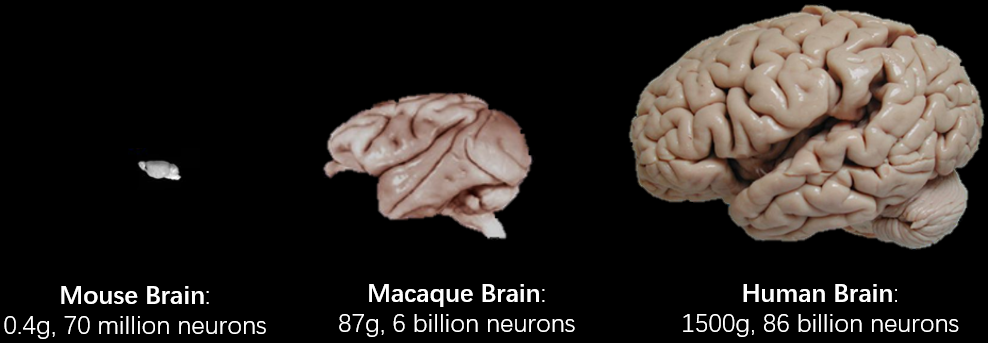The world’s first multi-omics cell map of the cerebral cortex of macaques, providing an important model for the study of human neuro development and neurological diseases, has been released by researchers from BGI-Research, Kunming University of Science and Technology, and the Allen Institute for Brain Science in the USA.
 ‘Spatially resolved gene regulatory and disease-related vulnerability map’ published in Nature Communications
‘Spatially resolved gene regulatory and disease-related vulnerability map’ published in Nature Communications
The research, “Spatially resolved gene regulatory and disease-related vulnerability map,” was published in Nature Communications in November.
The brain is one of the most complex organisms in the human body and controls our thoughts, language, behavior and emotions. However, when the brain is diseased then Alzheimer’s disease, Parkinson’s syndrome and other neurological diseases can occur. Discovering the causes of these diseases will be an enormous step forward in understanding the complexity of the human body and finding the best treatments.
Mankind still knows very little about brain composition and function, but now BGI Group’s Stereo-seq spatial multi-omics technology is helping to transform this understanding. Earlier this year, BGI-Research together with other scientists, released the world’s first high-resolution salamander brain regeneration map.
 Macaque brain shares similar structure to human brain. (by David C. Van Essen et al., PNAS, 2019)
Macaque brain shares similar structure to human brain. (by David C. Van Essen et al., PNAS, 2019)
The latest research looks at the macaque monkey. The cerebral cortex of macaques is similar to that of humans in many aspects and has important guiding significance for the study of brain and neurological disease models.
The study used the DNBelab C4 single-cell library construction platform manufactured by MGI Tech, the DNBSEQ sequencing platform, and Stereo-seq multi-omics technology. Three important regions of the brain were studied: the primary visual cortex which is used for visual processing; the primary motor cortex which controls voluntary movement; and the prefrontal cortex which contributes to higher cognitive functions such as learning, language, decision-making, abstract thinking and emotion.
The gene expression and status of individual cells in the brain tissue, and the spatial information were jointly analyzed, and the composition of cell types in these three brain regions was discovered, and the regulation of specific cell types was defined.
Through this study the scientists constructed a molecular blueprint for the future study of the neural connection mechanism between different functional regions of the brain. Deciphering susceptibility to neurological diseases helps brain disease research and drug development.
"With the occurrence of brain diseases increasing, the demand for serious brain diseases drug research is rising day by day, and non-human primate models have become the core of the field of brain science research," said Dr. Lei Ying, part of BGI-Research and the first author of the article.
"The high-resolution multi-omics map of the non-human primate macaque brain released by BGI and several top institutions around the world will provide an important basis for brain science research and new drug development for neurological diseases," she added.
Around the world, the United States, the European Union, Japan, and China have all made brain science a focus of their national science and technology strategies, and have launched brain science programs. The latest spatiotemporal omics technology is helping them to shed new light on the mysteries of the brain and how it functions.
Read the article: https://www.nature.com/articles/s41467-022-34413-3



